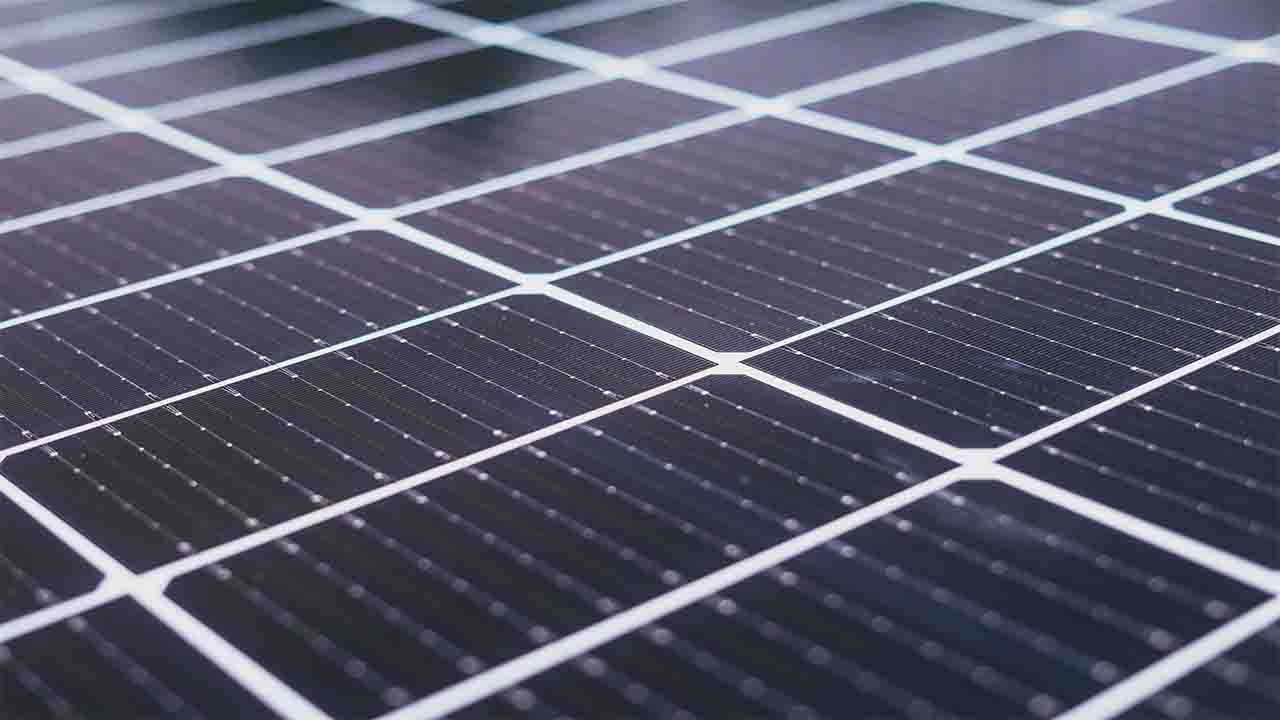Science & Technology, New Zealand (Commonwealth Union) – Rooftop solar power has emerged as a prominent player in the renewable energy landscape, offering a decentralized and sustainable solution to the world’s growing energy demands. As nations strive to transition towards cleaner energy sources, the installation of solar panels on residential and commercial rooftops has gained considerable traction. However according to a recent New Zealand study energy efficiency needed to be taken into consideration within buildings rather than solar energy alone.
The emphasis in New Zealand should shift from advocating widespread adoption of rooftop solar power to enhancing the energy efficiency of its buildings, as per the perspective of researchers from the University of Otago.
According to Associate Professor Michael Jack, who serves as the Director of the Energy Programme in the Department of Physics, buildings contribute to 37 percent of global energy-related greenhouse gas emissions and are a central focus in global strategies for decarbonization.
Associate Professor Jack notes, that a lot of nations are contemplating a transition beyond well-insulated, energy-efficient buildings toward achieving net-zero energy buildings. He further indicated that these structures would independently generate their energy, often utilizing solar PV, and fulfill all their energy requirements on an annual basis.
In a study featured in the journal Energy and Buildings, Associate Professor Michael Jack and co-author Hannah Konings investigated the potential impact of transitioning to highly efficient, solar-powered net-zero energy buildings on New Zealand’s predominantly renewable electricity grid.
They examined the seasonal variability resulting from widespread adoption of solar-powered net-zero energy buildings in New Zealand, comparing it to the effects of energy-efficient buildings. Their findings reveal that a large-scale shift to very high-efficiency buildings, excluding solar generation, would lead to a 30% decrease in annual electricity demand and a 50% reduction in seasonal variation by 2050. Conversely, a scenario involving self-generation from solar photovoltaic (PV) systems, without altering current building standards, would also decrease annual electricity demand by 30%, but it would increase seasonal variation by 40%.
Researchers of the study revealed that when combining high building standards with solar PV, the annual demand would drop by 65%, yet the reduction in seasonal variation would be a modest 4%.
Associate Professor Jack emphasizes that, from a holistic perspective for New Zealand’s energy system, the primary emphasis should be on swiftly enhancing the energy efficiency of the nation’s building infrastructure, rather than prioritizing self-generation. He notes that there are other cost-effective options for obtaining renewable electricity.
While acknowledging that solar PV is not inherently unfavorable, Professor Jack underscores the critical reliance of highly renewable electricity grids on external variables like seasons and weather. He highlights the significant impact that a widespread adoption of solar power could have on such grids.
“Solar PV can be very beneficial in some regions, especially when it aligns with growing cooling demand. It can also provide increased energy resilience and electricity supply in remote regions, but it shouldn’t be prioritised above energy efficiency and/or become a requirement of future building codes nationally as is the growing trend in some countries.
“We need to think carefully about both energy supply and demand and how they match. In New Zealand, the winter peak in electricity – which is becoming harder and harder to meet with renewable supply – is largely caused by residential electrical heating.
According to Associate Professor Jack, the remedy lies in substantial enhancements to both new and existing buildings, aiming to create highly efficient nearly-zero energy structures that demand minimal energy for heating.
The research initiative was financially supported by the Ministry of Business, Innovation and Employment (MBIE) through the Smart Ideas program, specifically under the project titled “Avoiding carbon lock-in: Understanding the long-term consequences of low-carbon pathways for buildings.”








